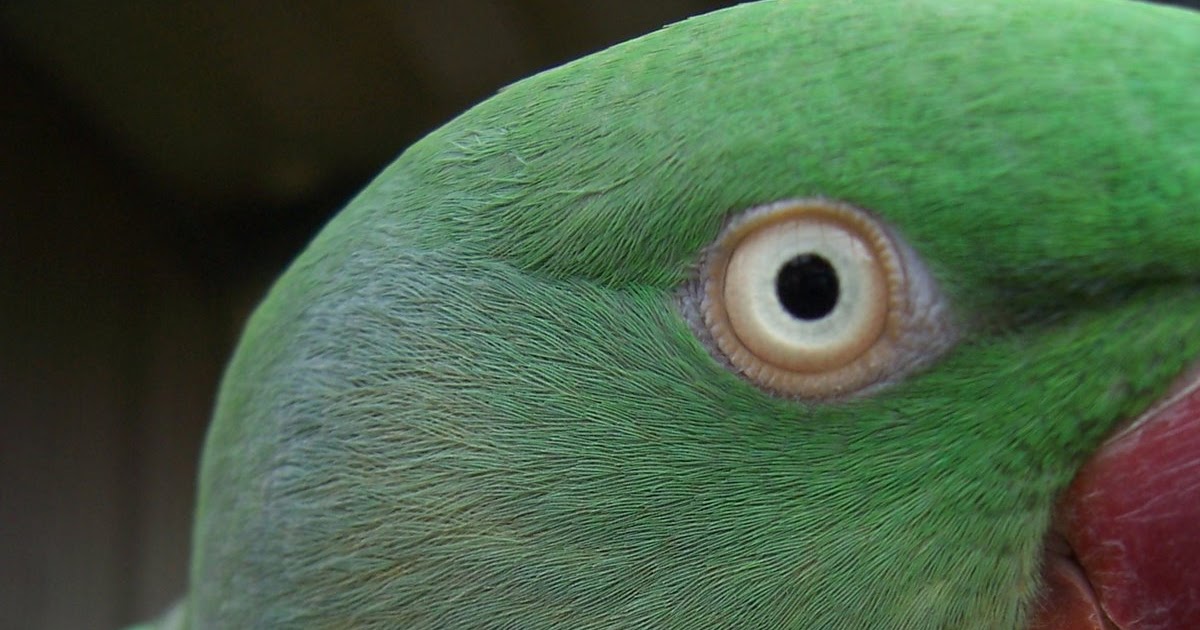TheofficialParakeet
Active member
- Mar 22, 2022
- 100
- 154
- Parrots
-
Blue American Budgie - Female (Bluberry)
Blue Australian Budgie - Male (Mr. Squiggles)
Blue English Budgie - Male (Hendrix)
Let's hear it.
I want everything, Good, Bad and ugly. $$ costs and damage. Noise... ECT, ECT, ECT.... You get it.
Go ahead and spill it!
I want everything, Good, Bad and ugly. $$ costs and damage. Noise... ECT, ECT, ECT.... You get it.
Go ahead and spill it!
Last edited:
